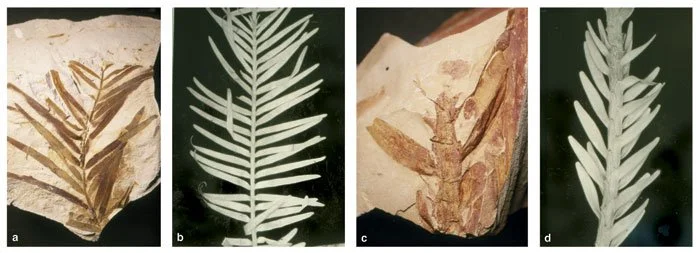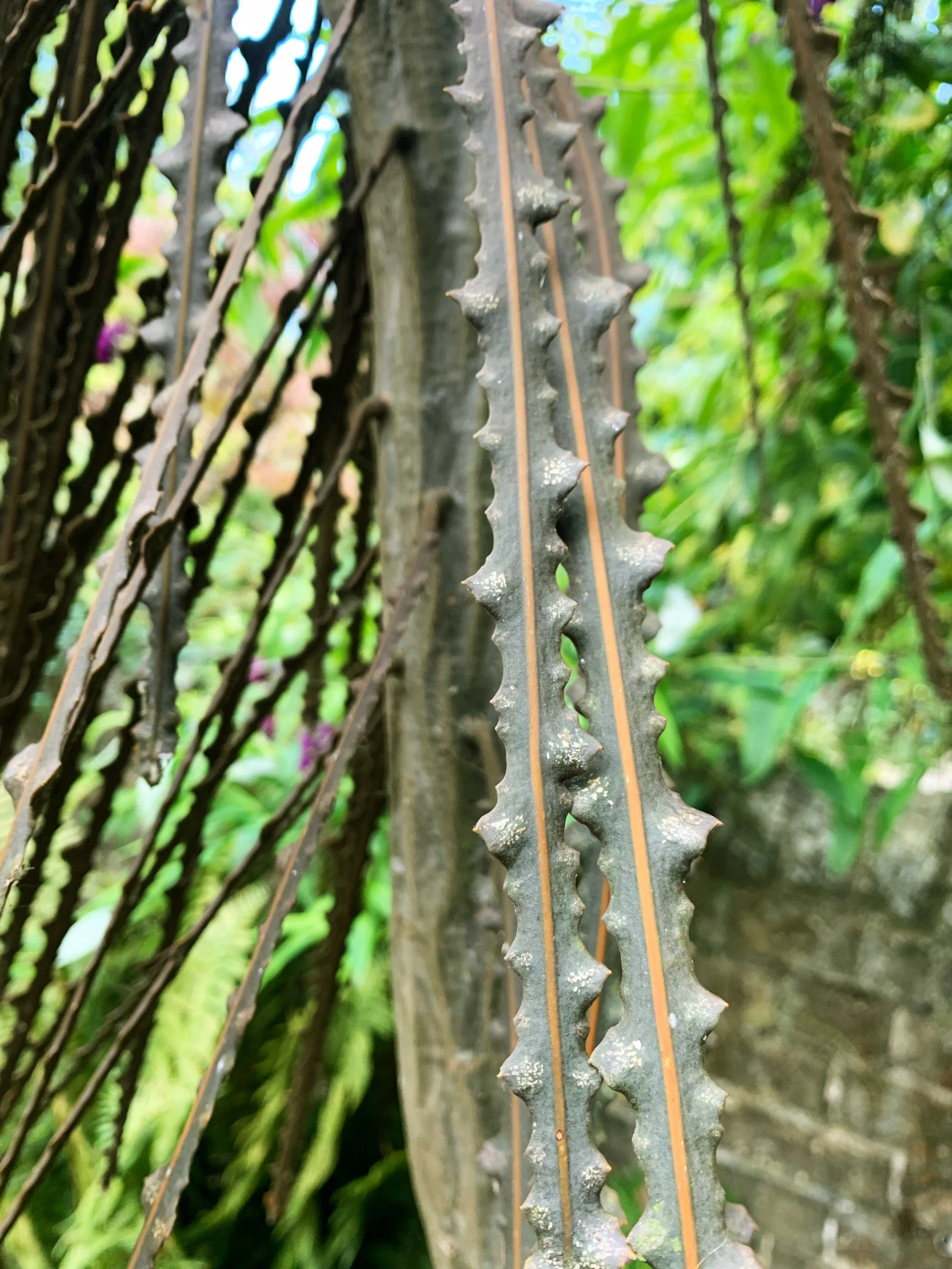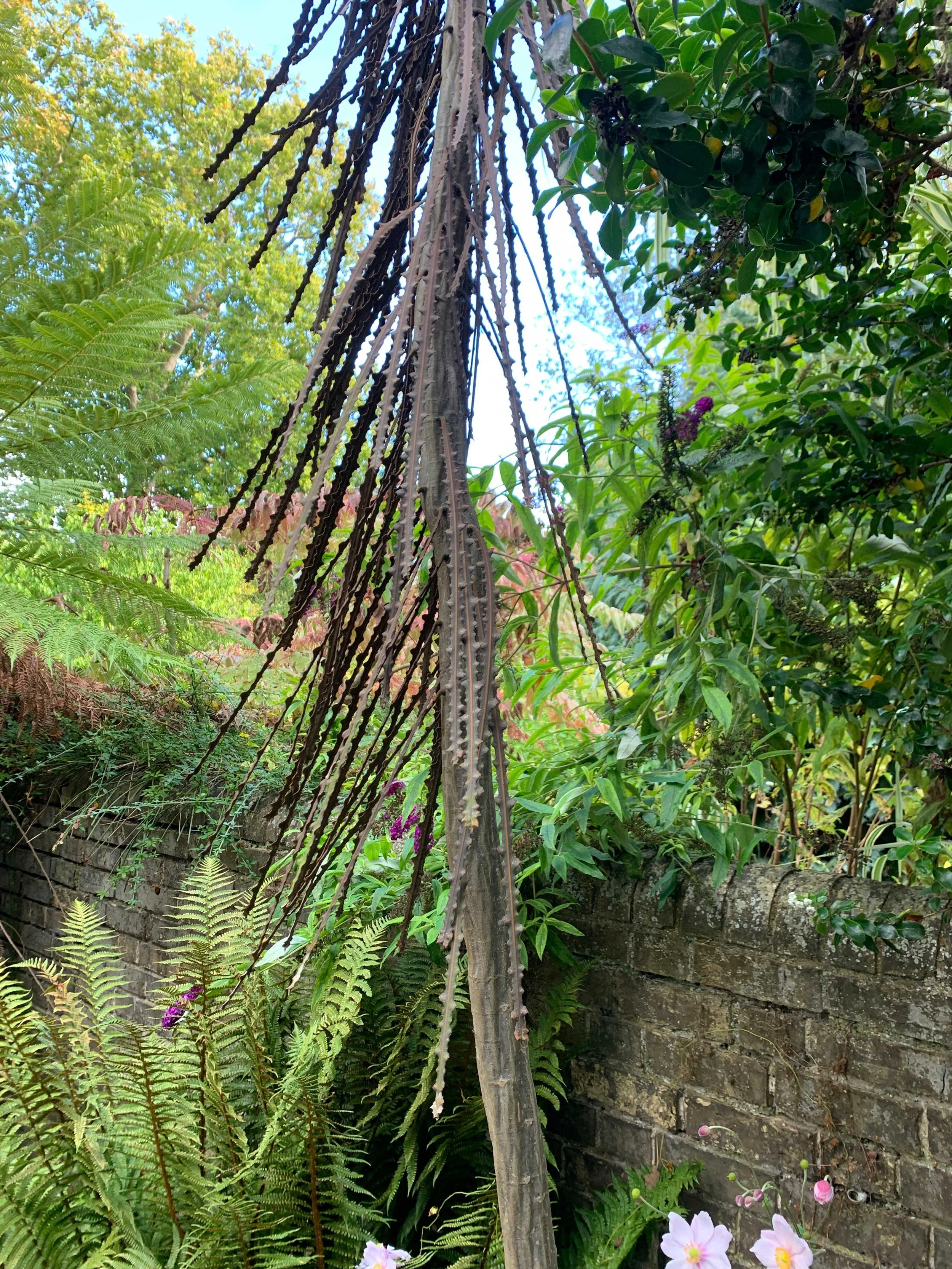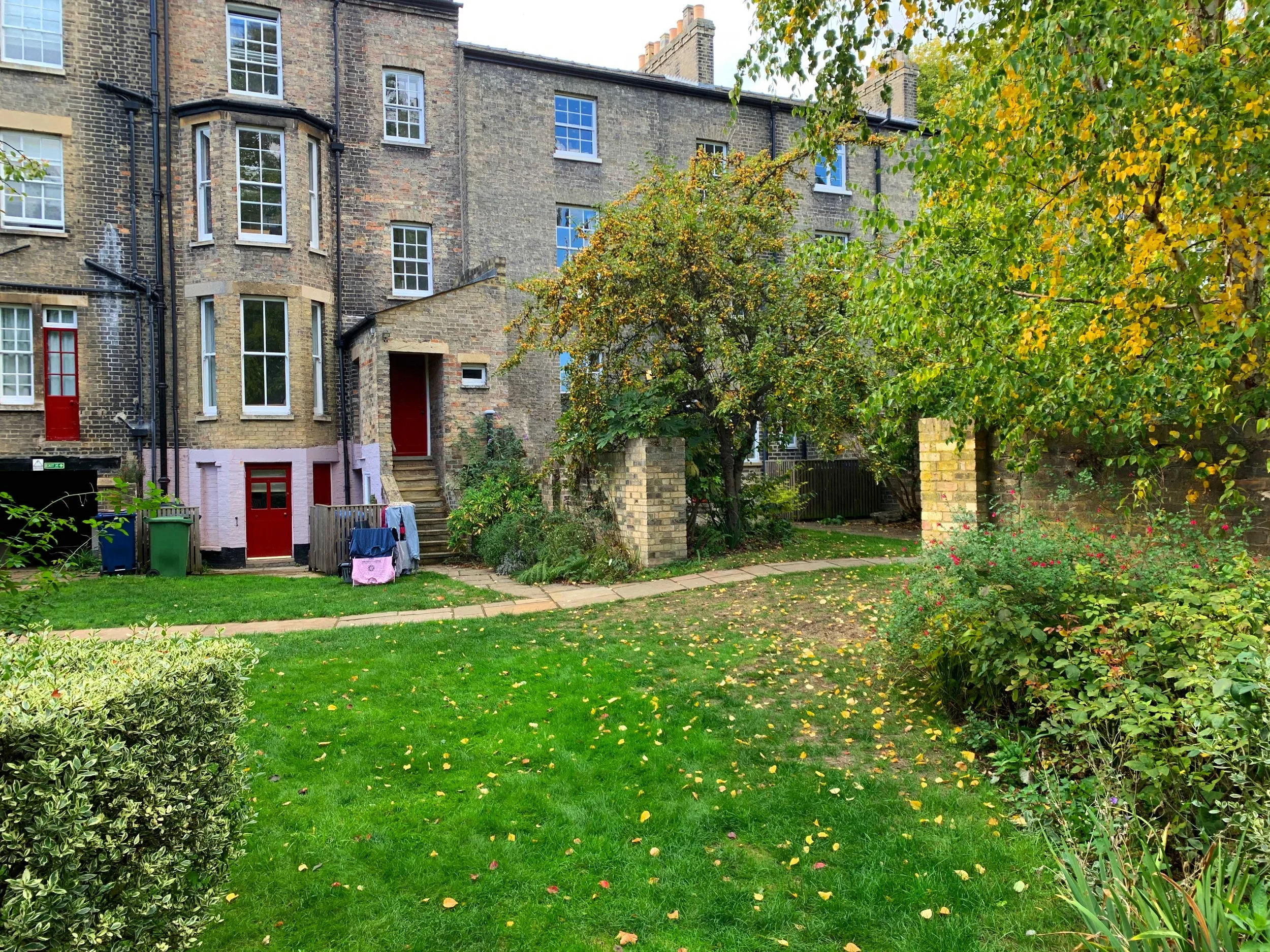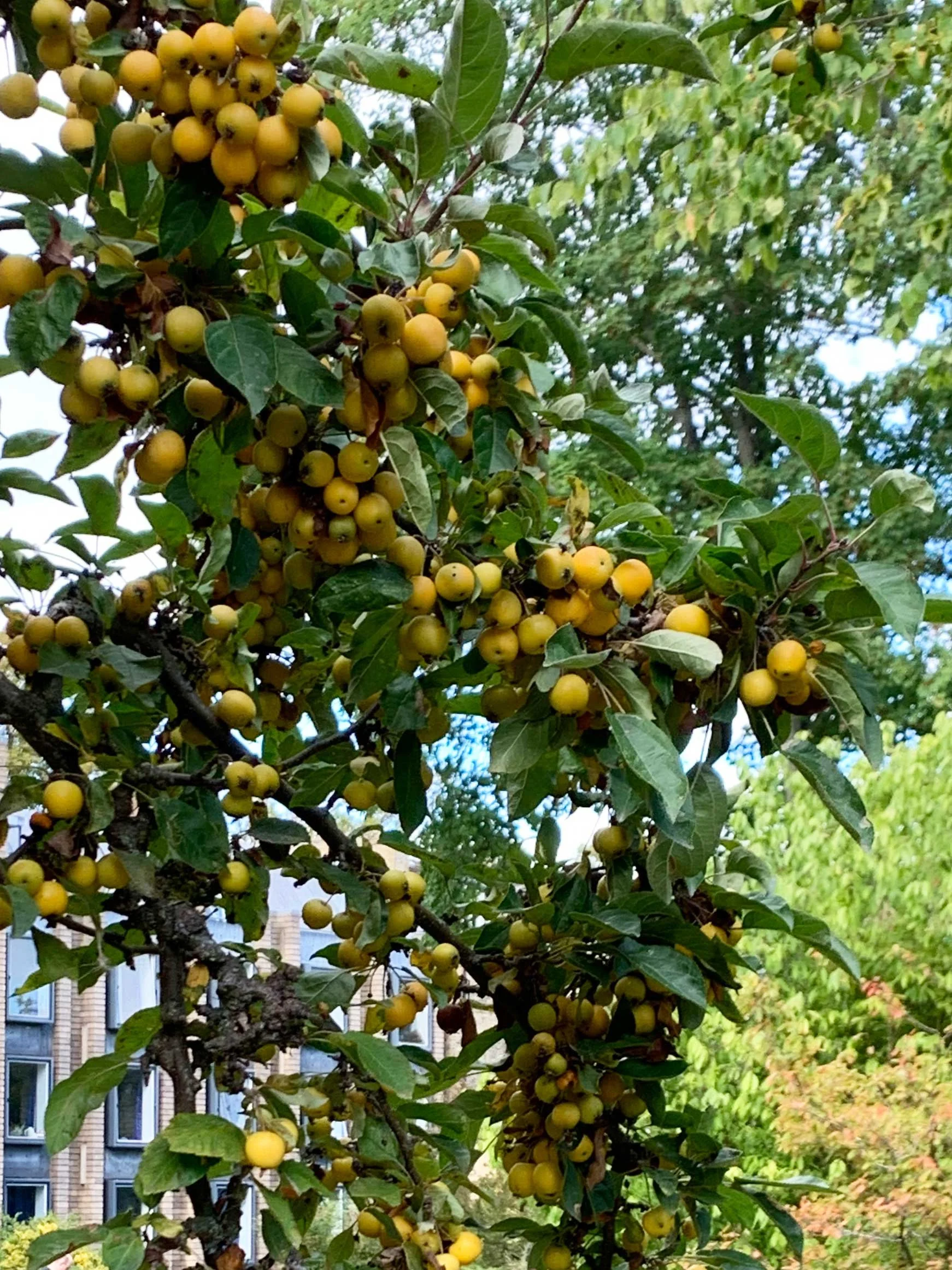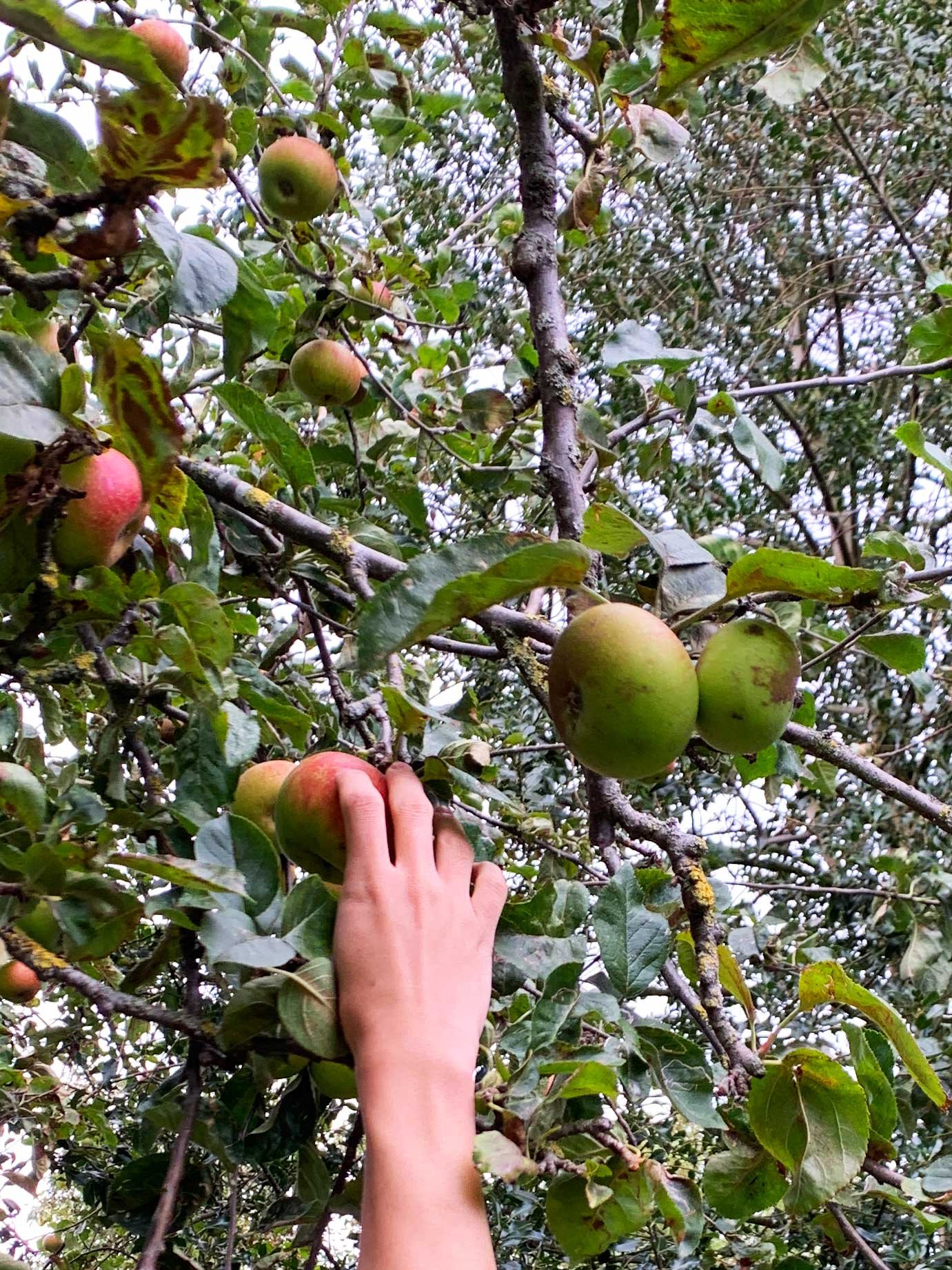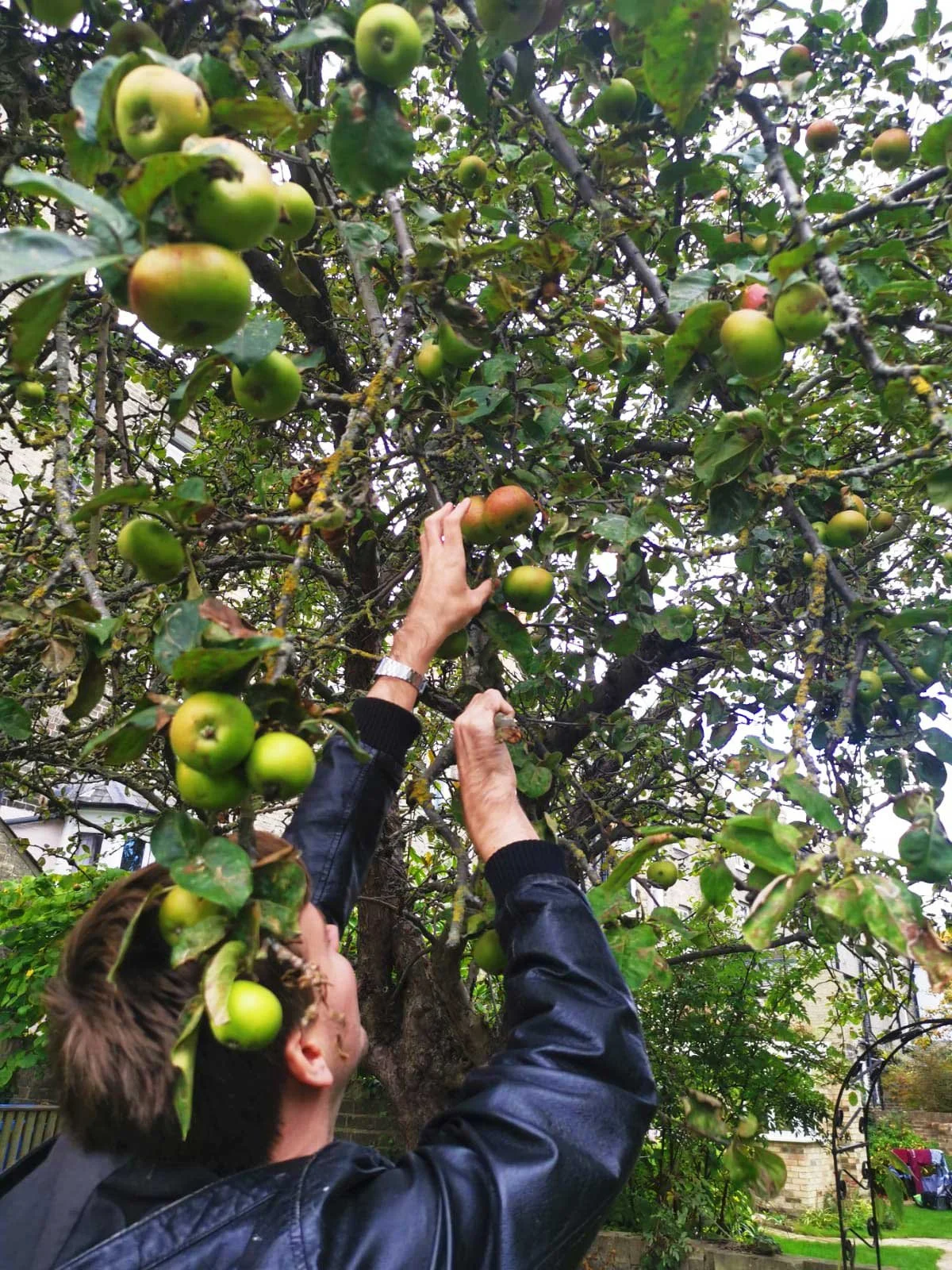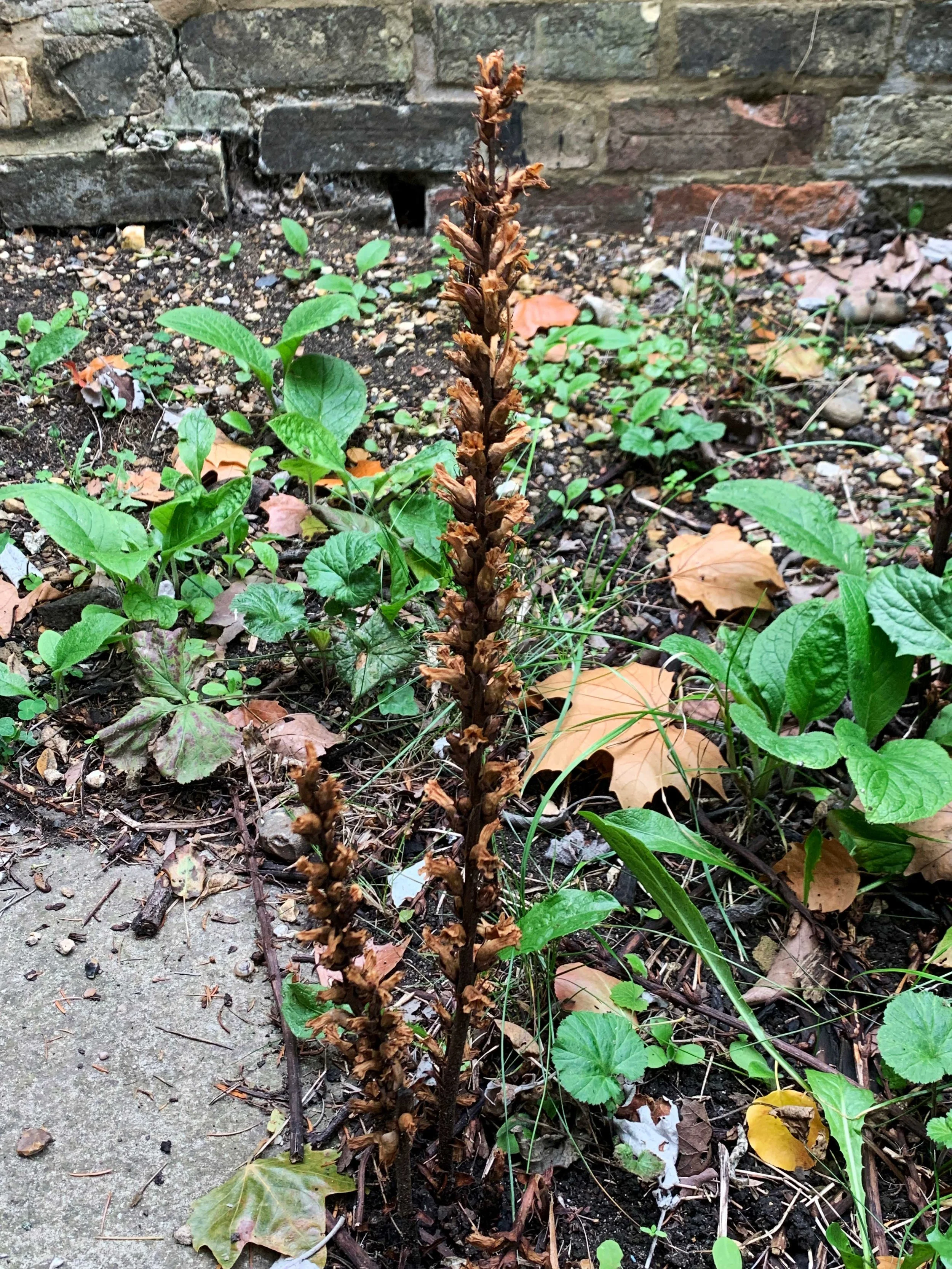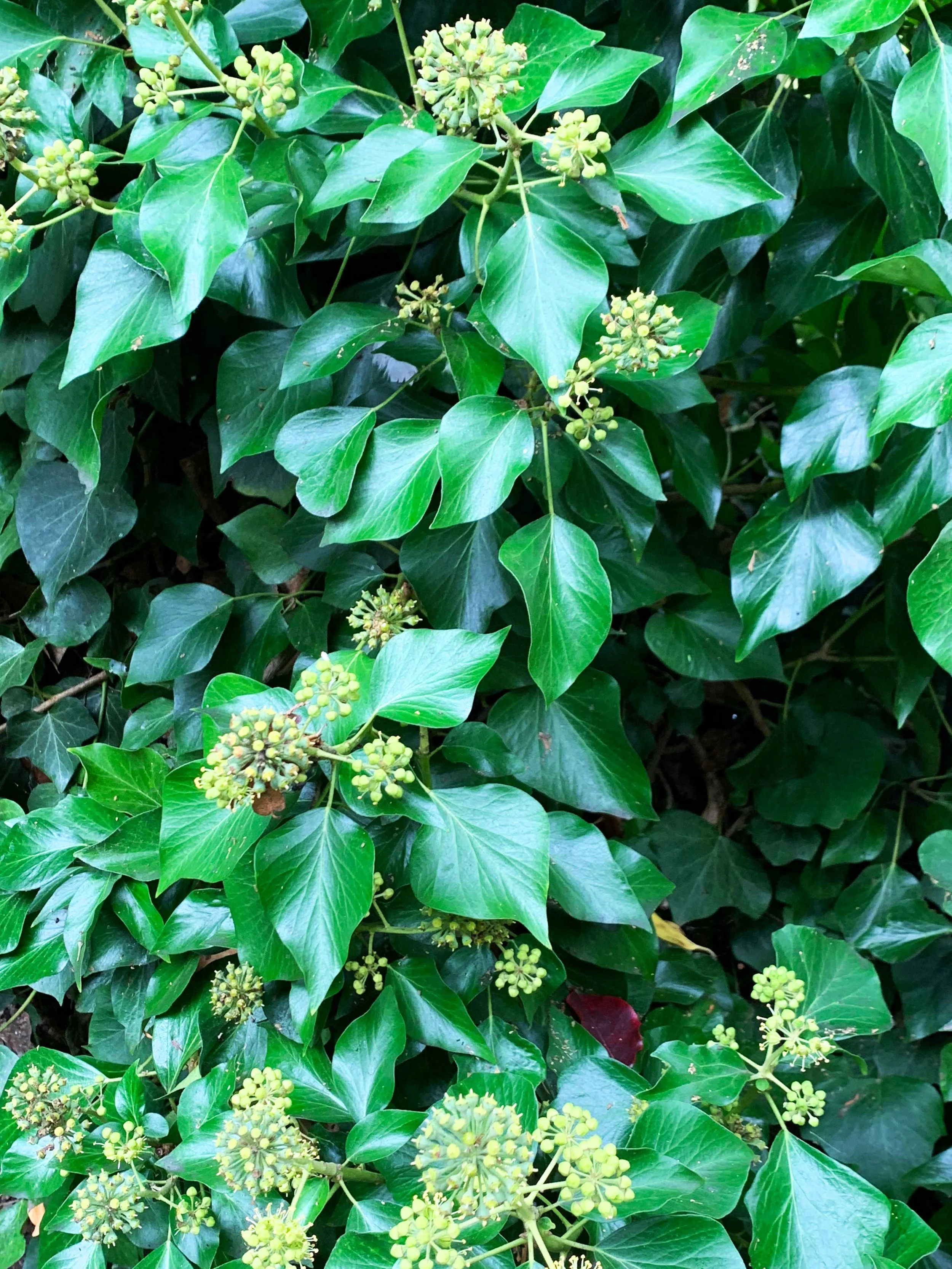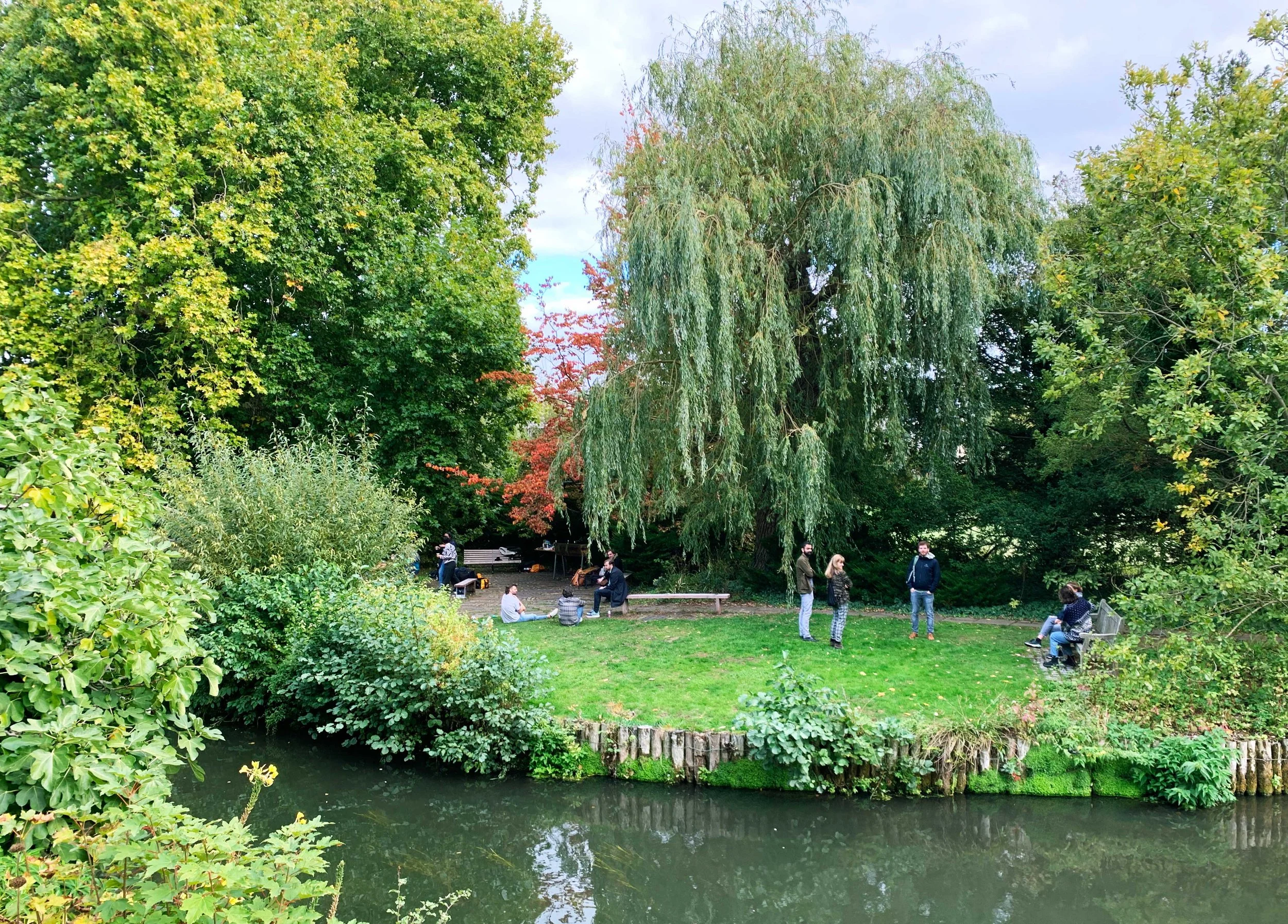“When something dies, we clone it” - the perks of a garden tended to by Cambridge research scientists.
Many think of Darwin College as the garden oasis of the University of Cambridge. Others see it as a kind of monastic escape from the contemporary world with its miniature islands, herb gardens and bee hives. Others only know it as having the classiest dive-bar you’ve ever seen. Regardless of what Cambridge residents know, everyone has heard rumors of the rare and ancient plants in our gardens - Jurassic living fossils, cloned trees, parasitic beings… something about a banana tree which can’t make bananas.
I was recently lucky enough to get a tour of the garden from Dr Torsten Krude, the Garden Fellow and an Associate Professor in the Department of Zoology. He met us on the lawn; “This is Darwin College, this is not one of the old colleges! You are all allowed on the grass here.” He was referring to the fact that other Cambridge Colleges have a strict hierarchy with sets of rules pertaining to your position - specifically, only Fellows are allowed to walk on the grass in the older Colleges. “We have a flat hierarchy at Darwin, everyone can go everywhere and even in the Dining Hall we all sit at the same tables.”
Dr Torsten Krude explained that in this College we, as humans, are temporary fixtures and pass through in periods of months, years and decades, however many of these trees are hundreds of years old and so we must plan the garden hundreds of years in advance.
The layout of Darwin’s garden is far more organic in nature than the quads and lawns of the ancient colleges. This is because the original College site was fairly small, and the rest of the land was bought up piece-by-piece from the surrounding streets. The garden has become a conglomerate of domestic gardens, residences, a granary, lawns, patios, a library, and islands divided by a river. The plants, too, have largely come to be here in an organic way, as Dr Krude explained, “We set every plant up with a fair chance - and then it’s survival of the fittest! We see who survives the natural selection, it’s Darwin College after all.”
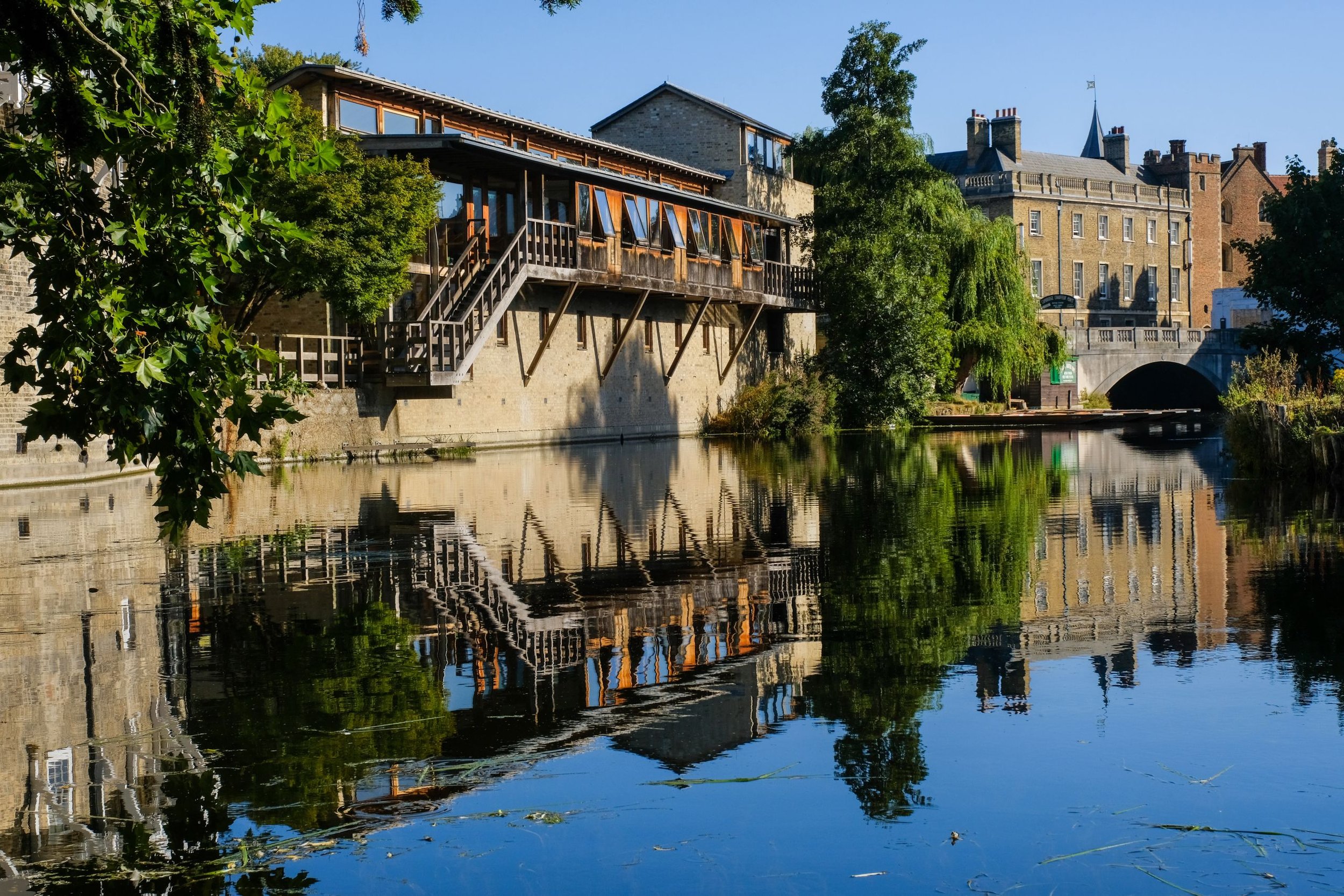

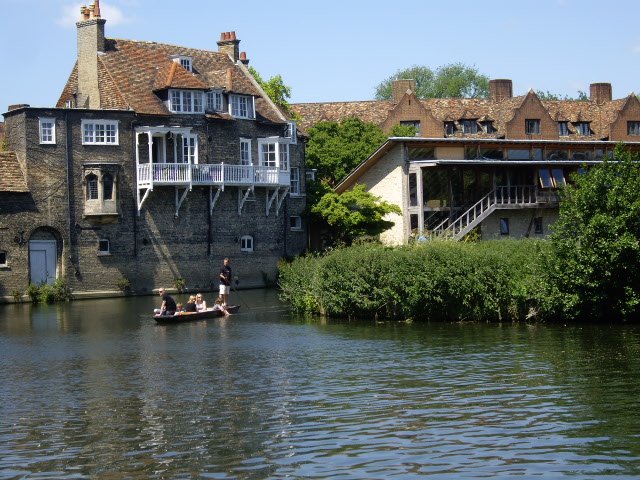
Clone
I did my best to take notes on my phone, but worried that people would think I was texting friends rather than paying attention. The first plant we learned about was a struggling stump of a tree - absolutely colossal in diameter, about 5 meters high, and draped on one side with a flurry of dark purple leaves. Apparently this tree, a copper beech, was very ancient and had actually lived over 50 years longer than the usual life expectancy of this type of tree. It was apparently so huge that it touched the canopies of all the surrounding trees and buildings, and blocked out all the light. Unfortunately huge branches began to die off, endangering the Darwinians below, and it was discovered that its stem had become rotten. Everyone was obviously very sad that it had to be felled - and so the gardeners took cuttings and cloned it - naturally. When you visit the stump now, you can see its teenage clone standing young and green beside it - set to one day take its place (on the left).
Original copper beech on the right, clone on the left.
The rarest tree in the world
We followed on with the tour and entered into the Jurassic section of the garden. A spiky tree met us, the Wollemi Pine, often referred to as the “Dinosaur Tree” because it represents the only remaining member of an ancient genus, dating back to the time of the dinosaurs. This plant was presumed extinct for over 2 million years, but in 1994 a grove of less than 100 Wollemi Pines were discovered in a deep gorge in the Blue Mountains of Australia - this makes it the rarest tree in the world. Until 1994 they were only known from their fossil records. The Wollemi Pine at Darwin was apparently the first to be planted in English soil and (don’t quote me on this because another student told me) is the tallest one in the Northern Hemisphere.
Illustration of dinosaur with a Wollemi by Joschua Knüppe.
Dr Torsten Krude presenting the Pine.
Photo of Wollemi Pine fossils: Stephen McLoughlin, Vivi Vajda.
Photo of the remaining wild Wollemi Pines in a deep gorge, Australia: NPR.com
Behind the Wollemi was a second tree with leaves as sharp and jagged as a saw blade. It was another plant which had survived the Jurassic age. I didn’t catch the name in time and was too shy to ask about it because everyone probably already thought I was texting my friends during the whole talk. We moved on.
Time warp
We passed through the entrances into the Victorian domestic gardens which had been absorbed by the college. A river runs along the back of the old terraces - we punt our boats up and down this - and in the past the families who lived here would have had things delivered to the house via these waterways. When the College bought the properties they decided to keep the domestic walls up to maintain the feeling of fractured and compounded time. To me the scene threw up images of Stephen Hawkings’ writing about time; “time flows like a river and it seems as if each of us is carried relentlessly along by time's current. But time is like a river in another way. It flows at different speeds in different places, and that is the key to traveling into the future.”
We wandered the gardens and plucked the apples and pears which we inherited from the Victorians. There were also crab apples, quinces, damsons, and cherries. The professor explained how crab apples are actually the ancestors of our modern-day apples, which were domesticated through selective growing - they were modified from the size of a marble to the size of a baseball. Interestingly, if you planted the seeds from a large domesticated apple then the new plant would actually revert back to the original crab apple type - which would be quite surprising if you weren’t expecting it.
He picked a juicy apple, “This is a Blenheim Orange Apple. We have many rare apples here, and many which are very, very old. We have one which tastes exactly like Pineapple! And so when you pick and eat these rare apples, you are tasting how apples tasted hundreds of years ago - you are tasting ancient varieties - not the type you’d get in tescos.” All fruits and vegetables are free for Darwinians to pick and eat. “Take a bite!” he said, “the worst that could happen is you eat a little bird shit.”
Crab apples in Darwin Garden.
Parasite
We doubled-back and headed towards the islands, but on the way the professor had a sudden recollection and ran into one of the gardens and behind the shed. When we caught up he pointed to a little brown stick poking up from the ground next to a bushy ivy. He explained that this was called a broomrape. It is a fully parasitic plant, clinging to this ivy and the sap in its roots. It can only connect to this very specific type of ivy - if it popped up anywhere else it would not be able to live. “It is a very rare parasite, we did not plant it, but we will keep it and see what it does.” He explained that the plant lacks many of the characteristics we usually use to define a plant, such as the ability to photosynthesise. It sounded a little sinister to me - almost like a zombie plant, or a vampire. Some websites list the plant as endangered.
BBQ Island
We walked up over the first wooden bridge and onto one of Darwin’s islands. I know this island very well because it has a BBQ on it which can be rented for events. I have rented this once a week since arriving, and as I’ve made friends I’ve added them into a whatsapp BBQ group. Then my friends have added their friends, until it has steadily grown to over 100 people. The professor explained that under our feet were “a majestic array of bulbs” which would sprout in early Spring. He explained that “we therefore have to share the space with the bulbs, but it's okay because when they sprout it’s too cold for barbeques, but when they die the barbies can begin!”
There was a bench located off by the river and behind a tree, “that is the romantic bench” he said, “many important things began on that bench.” We crossed the bridge to the next island.
Honey Island
This island was comparably larger, and is nicknamed “Big island”. Apparently the College wifi does not reach this island, and they prefer it that way because it has more of a contemplative, medieval monastic feeling. A wicker fence shelters a number of bee hives which are kept and looked after by the students and faculty, and the College produces its own honey - which is delicious!
Darwin Honey photo curtesy of Darwin College.
We learned that this island has a number of native daffodil species which are coming under attack from invasive species, “These species make it into the island through bird poop, but as we are Darwin, we allow them to fight it out. It would be a shame if the native daffodils died off though.”
The tour was coming to a close, and the professor ended with a story about an angry bull which somehow made it onto the island and charged about destroying fences and trampling rare plants. It eventually needed a crane to lift it away and nobody ever found out how it got onto the island, but “the path it made through the plants is still visible now!”
Last night I joined the Beekeeping society and a society called “Dip and Dips” where you swim in wild rivers and then eat dips. I’m very excited for both.
I’d like to extend my gratitude to Dr Torsten Krude who not only took me on this amazing tour, but graciously proof read this post.
Right, I’m off to pick an apple! If you’d like to know why I chose Dawin College, you can check this post.
Photo curtesy of meet-cambridge.com



